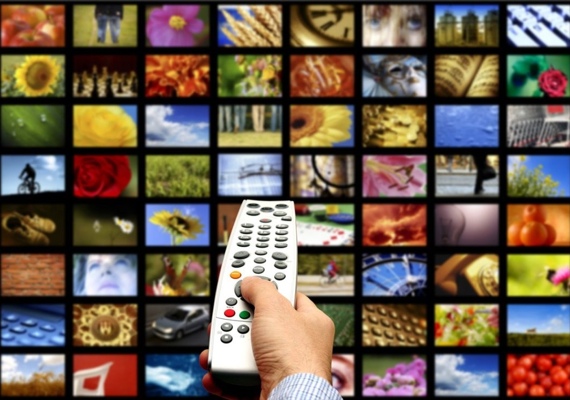The bad news continues for the publishing industry in 2019.
I’ve blogged before about the employment picture in journalism, which has been pretty ugly for the past decade. And just when it seems that news in the publishing industry couldn’t get much worse … along comes a new study that further underscores the systemic problems the industry faces.
The results from a recent Reuters survey of publishers worldwide point to declines that will only continue in 2019. In fact, Reuters is predicting that the industry will experience its largest wave of layoffs in years, coming off of a decade of already-steadily shrinking numbers.
The main cause is the continuing struggle to attract ad revenues – revenues that have been lost to the 600-lb. gorillas in the field – particularly Facebook, Google and Amazon.
Growing subscription revenue as opposed to a failing attempt to attract advertising dollars is the new focus, but that will be no panacea, according Nic Newman, a senior research associate at Reuters:
“Publishers are looking to subscriptions to make up the difference, but the limits of this are likely to become apparent in 2019.”
In addition to boosting subscription revenue, publishers are looking to display advertising, native advertising and donations to help bankroll their businesses, but advertising is the main focus of revenue generation for only about one in four publishers — a far cry from just a few years ago.
 Putting it all together, Reuters predicts that it will lead to the largest wave of publishing job layoffs “in years” – and this in an industry where employment has been shrinking for some time now.
Putting it all together, Reuters predicts that it will lead to the largest wave of publishing job layoffs “in years” – and this in an industry where employment has been shrinking for some time now.
With yet more layoffs on the horizon, it’s little wonder that the same Reuters research finds employee burnout growing among the employees who remain. As Newman states:
“The explosion of content and the intensity of the 24-hour news cycle have put huge pressure on individual journalists over the last few years, with burnout concerns most keenly felt in editorial roles.”
A major reason why: Even more is being asked from the employee who remain – and who are already stretched.
Journalism salaries are middling even in good times – which these certainly are not. How many times can an employee be asked to “do more with less” and actually have it continue to happen?
Even the bragging rights of journalists are being chipped away, with more of them relegated to spending their time “aggregating” or “curating” coverage by other publishers instead of conducting their own first-hand reporting. That translates into perceptions of lower professional status as well.
In such an environment, it isn’t surprising to find editorial quality slipping, contributing to a continuing downward spiral as audiences notice the change — and no doubt some turn elsewhere for news.
Last but not least, there’s the bias perception issue. Whether it’s true or not, some consumers of the news suspect that many publishers and journalists slant their news reporting. This creates even more of a dampening effect, even though in difficult times, the last thing publishers need is to alienate any portion of their audience.
How have your periodical and news reading habits changed in the past few years? Do you continue to “pay” for news delivery or have you joined the legions of others who have migrated to consuming free content in cyberspace?
(For more details from the Reuters research, you can sign up here to access the report.)










